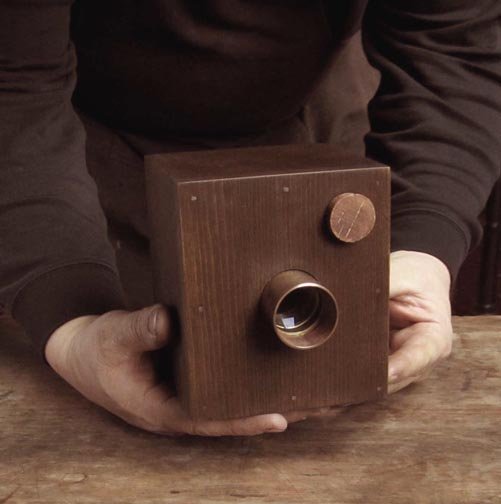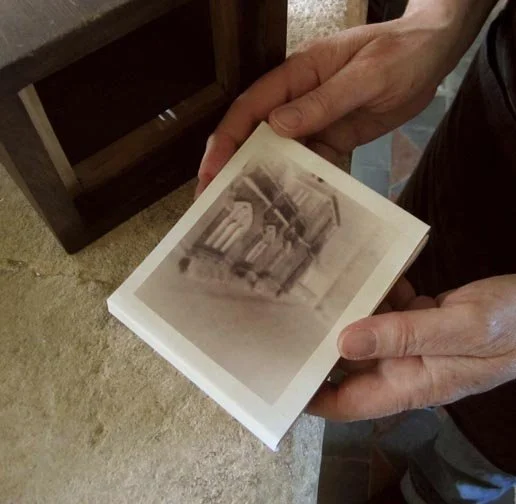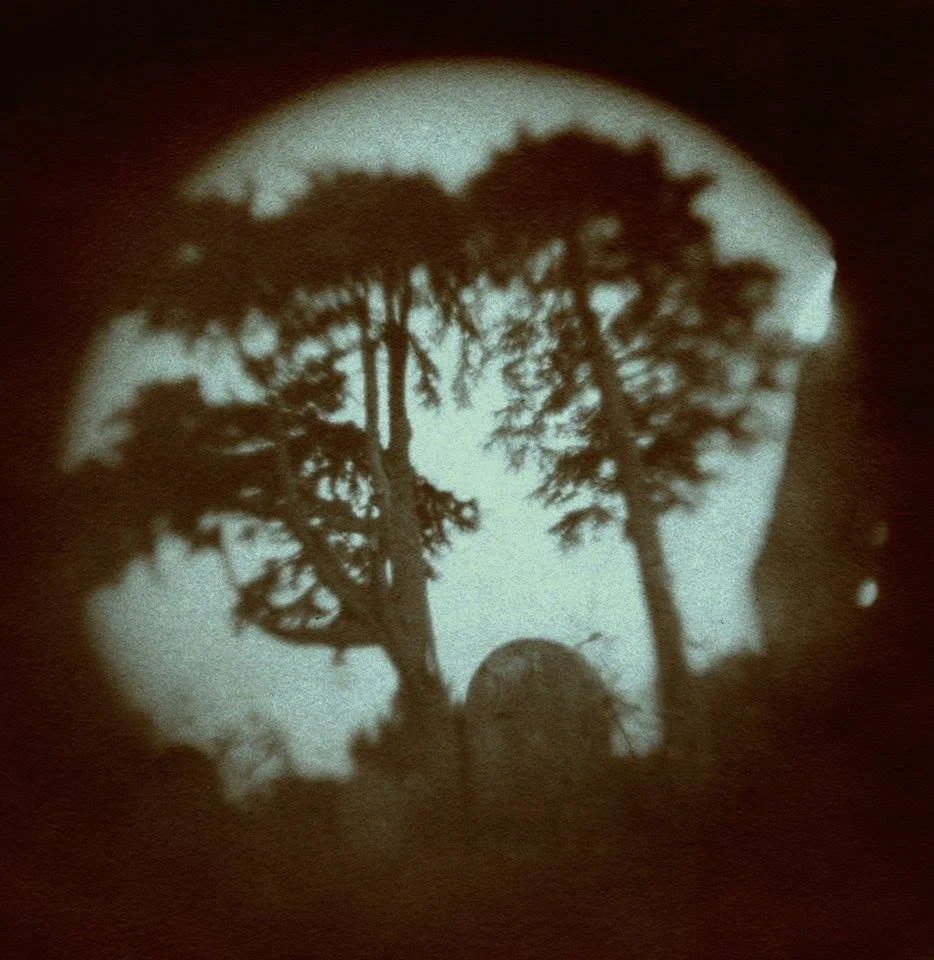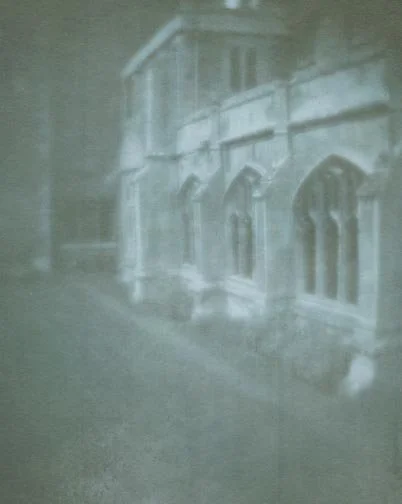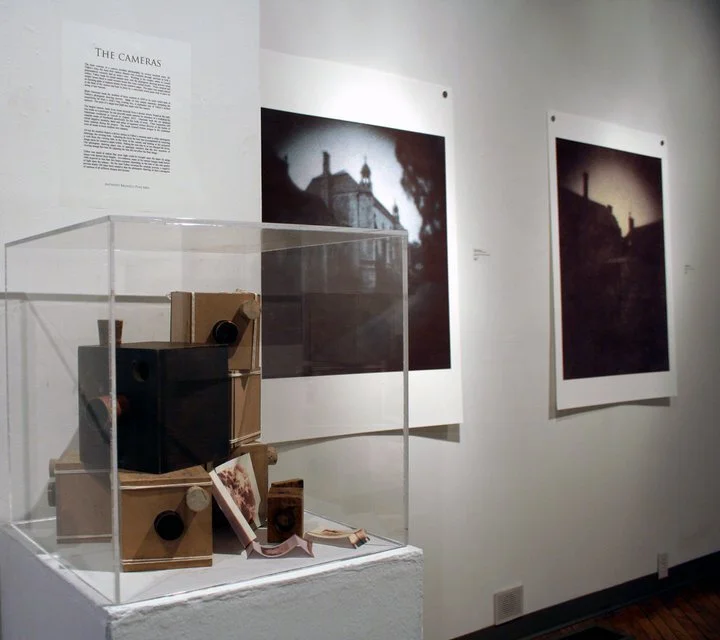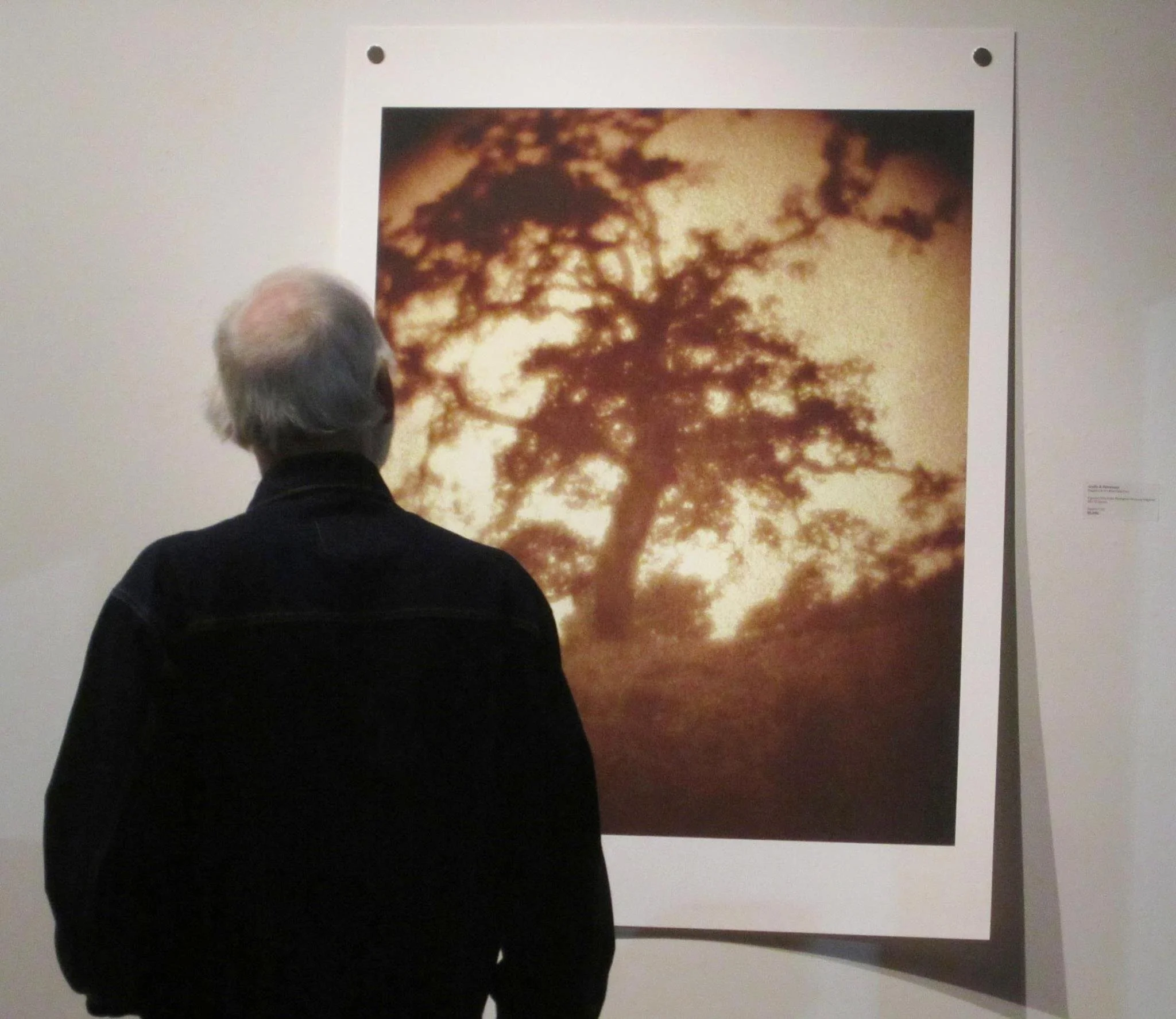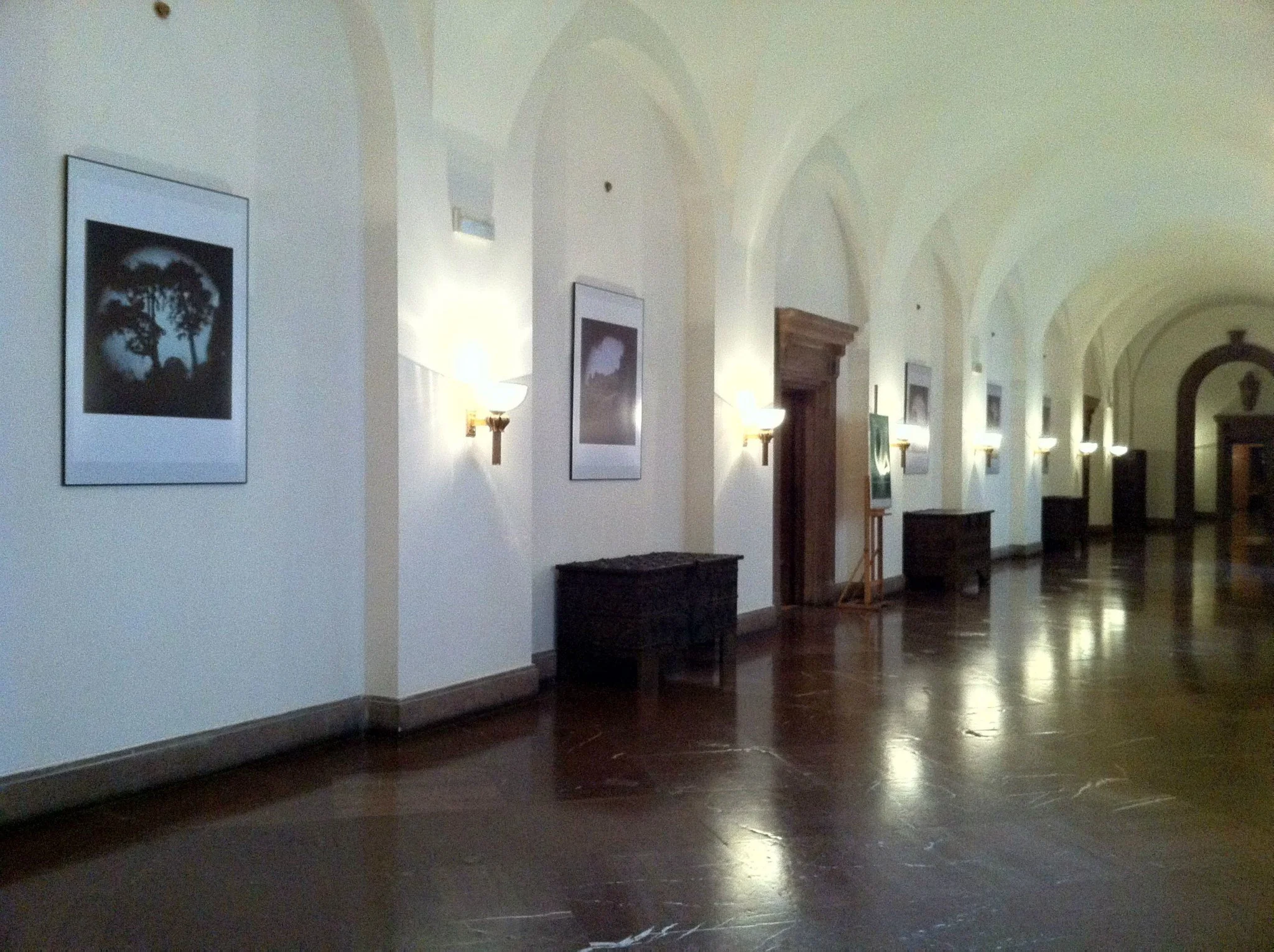The Light at Lacock
The Ostermans created a body of work, The Light at Lacock, using Wm Henry Fox Talbot’s Photogenic Drawing process with their own "mouse-trap" cameras. It was their first collaboration as artists. These prints have been exhibited in the US, France and Poland.
Photogenic drawing negatives from our mouse-trap cameras
“Our original intent at Lacock was to photograph the Abbey and its environs using the same process and type of cameras used by Talbot. We were not there to replicate exactly what Talbot had done, but to make new images using the same tools. In particular, our plan was to celebrate the negative, that which is the primary capture in a camera and has become virtually obsolete with the advent of digital imaging. What we discovered during the project changed our approach completely.
“While scanning our paper negatives for reference, we digitally inverted a negative to see it as a positive image. The results were extraordinary. Unlike exposing light through the paper negatives to make a positive print as would have been done by Talbot, scanning the surface gave us more subject information combined with a record of paper noise which was different from its nineteenth century counterpart.
“Our Lacock prints were manipulated to represent the various hues that Talbot created by various chemical manipulations of paper negatives and positive prints made with his photogenic drawing technique. In doing so, we bridged processes which spanned from the dawn of photography to the latest techniques employed now.”
Mark Osterman and France Scully Osterman
These prints are available in three sizes. For more details, email Scully & Osterman
Exhibit in Poznań, Poland (image directly above). All other exhibit images from Anthony Brunelli Gallery in Binghamton, New York
